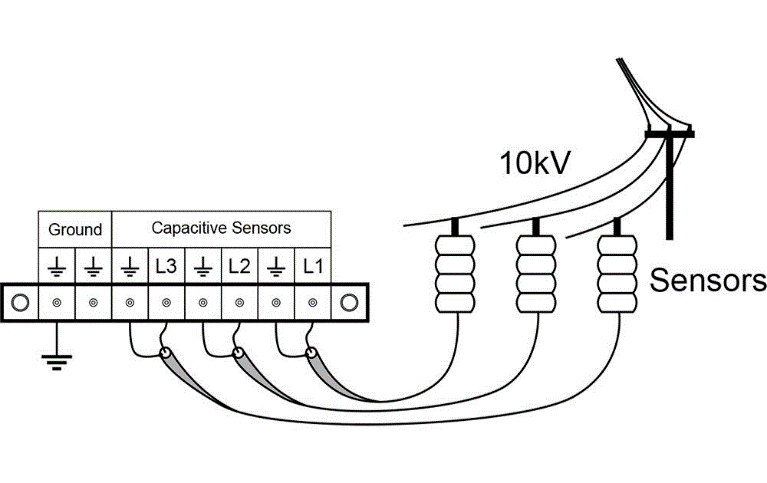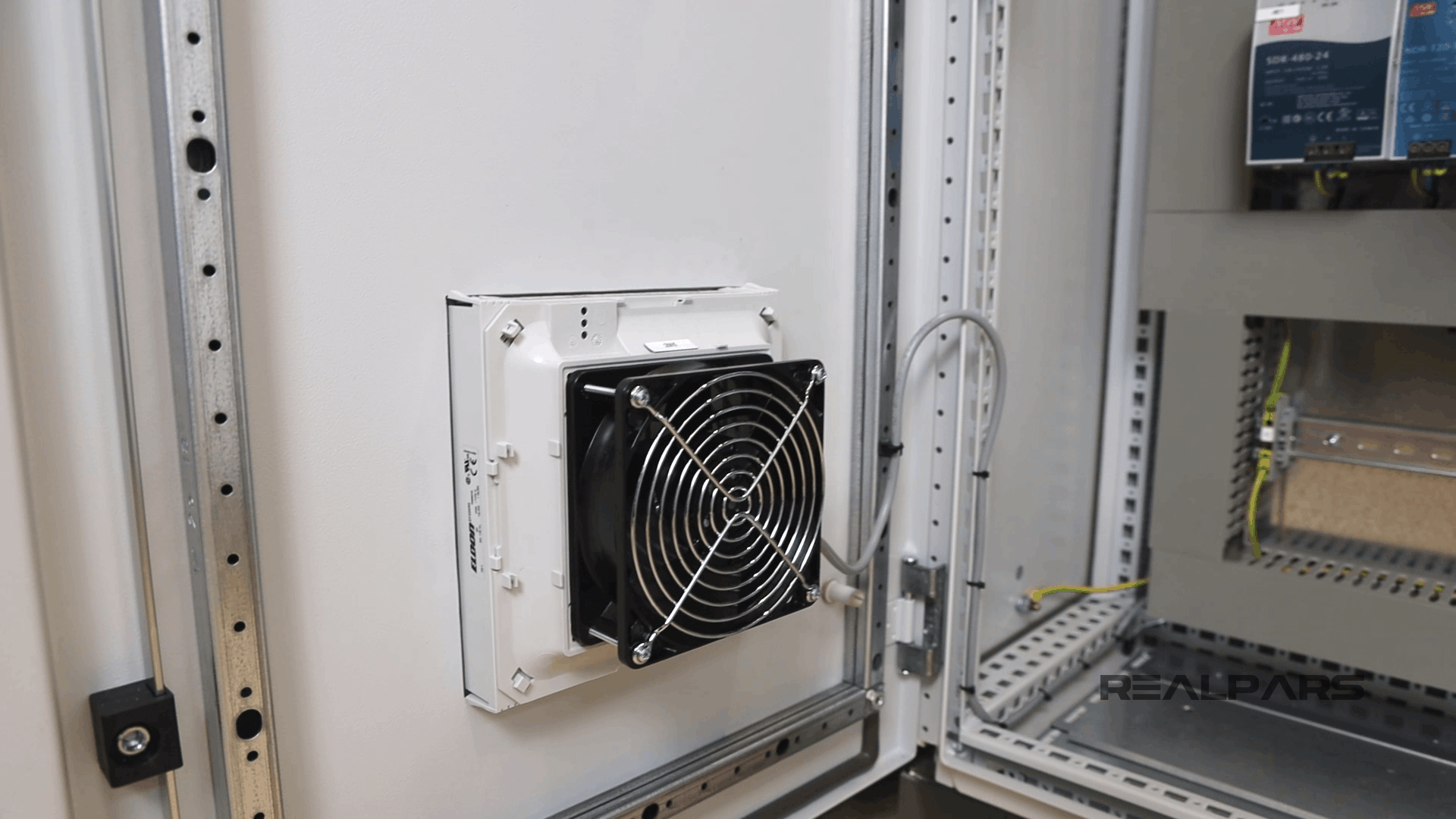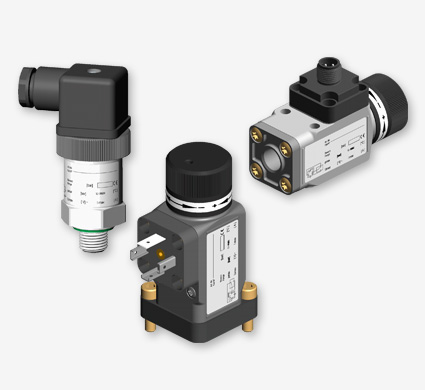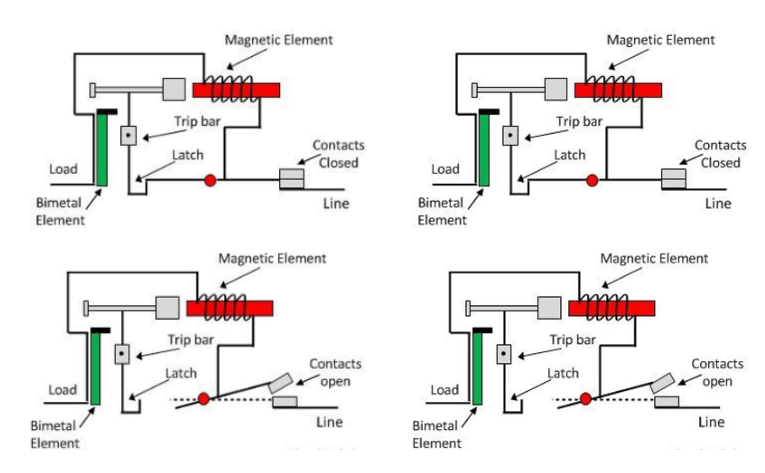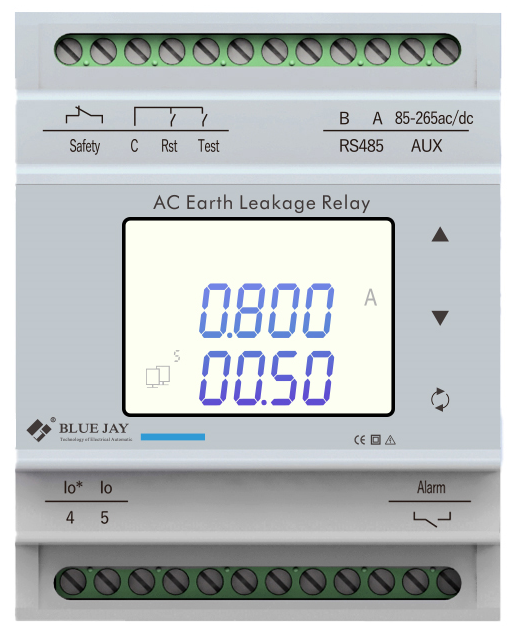1. What is a portable power station?

A portable power station is a device that can provide power anytime and anywhere and is usually designed to be small, lightweight, and easy to carry. Such devices have built-in high-capacity lithium batteries that can provide power for various electronic devices, such as mobile phones, tablets, lamps, and even small appliances.
2. How does a portable power station work?
Battery energy storage: The portable power station has built-in advanced lithium battery technology and charges through the grid or solar energy to store electrical energy in the battery.
Inverter converts electrical energy: The DC power stored in the battery is converted into AC power through the built-in inverter to meet the needs of various electronic devices.
Multiple charging methods: Portable power stations usually support multiple charging methods, including solar energy, car cigarette lighter sockets and regular power sockets, ensuring convenient charging in different scenarios.
3. What are the benefits of owning a portable power station?
Power anytime, anywhere: Whether it’s camping, outdoor activities or emergencies, portable power stations provide users with a convenient way to get power anytime and anywhere, eliminating worries about running out of power.
Convenient charging of mobile devices: Through the USB interface and AC socket, the portable power station can charge mobile devices, ensuring that mobile phones, tablets and other devices will not lose functionality due to exhaustion of power outdoors or while traveling.
Emergency backup power supply: In an emergency, the portable power station can be used as a backup power source to ensure the operation of key equipment, such as emergency lighting, communication equipment, etc.
Clean energy use: Portable power stations that support solar charging promote the use of clean energy, reduce dependence on traditional power sources, and promote environmental protection.
Portability and lightweight: Portable power stations are typically designed to be lightweight and easy to carry, making them ideal for outdoor activities, camping, or traveling.
4. The difference between portable power stations and large-capacity batteries
Battery capacity and output: Portable power stations usually have larger capacity batteries that can provide long-lasting and stable power output for multiple devices. In contrast, large-capacity batteries may be used primarily for a single device or specific application scenario, with lower power output.
Versatility and Design: The portable power station is designed to be more multi-functional and can output power through multiple methods such as AC sockets, USB interfaces, and car charging. Large-capacity batteries may be more focused on a single function or specific area.
5. The difference between portable power station and power bank
Capacity and output: Portable power stations typically have larger battery capacities and higher power outputs, allowing them to support more devices and longer periods of use. The mobile power supply has a relatively small capacity and is suitable for light charging needs.
Multi-port design: Portable power stations often have a variety of output interfaces, including AC sockets, DC output, USB interfaces, etc., and are suitable for a wider variety of devices. Power banks mainly provide USB charging interfaces for mobile devices.
6. The difference between solar generators and portable power stations
Energy source: Solar generators collect solar energy through solar panels and convert it into electricity. Portable power stations usually charge via the grid, car charging or other power sources, with solar charging as an optional feature.
Portability and Usage: The design of the portable power station pays more attention to portability and is suitable for outdoor activities, camping and other scenarios. Solar generators may be larger and are primarily used outdoors in environments with greater power demands.
7. When and How to Use Portable Power Stations
Outdoor activities: Portable power stations are ideal for camping, hiking, fishing and other outdoor activities, providing reliable power for mobile phones, lighting, and small appliances.
Emergency backup power supply: In emergency situations such as power outages and disasters, portable power stations can be used as backup power sources to ensure the operation of key equipment.
Mobile office: For those who need to work outdoors or in non-traditional office environments, portable power stations can provide reliable power support for computers, chargers, and more.
8.How to charge your portable battery backup power station?
Charging: Before using it for the first time, please ensure that the charging power source is stable. It can be charged through a household power socket, car cigarette lighter socket or solar panel.
The first charge can take a long time, usually taking from a few hours to a full day depending on the model and battery capacity.
Connect the device: Connect the device that needs to be charged to the corresponding output port of the portable power station. These interfaces usually include AC outlets, USB interfaces, DC outputs, etc.
When connecting your device, make sure you use an appropriate charging cable and pay attention to your device’s power requirements to avoid overloading.
Turn on the power: Most portable power stations are equipped with an on/off button, which starts supplying power when you turn on the power switch.
Some power stations may also be equipped with LED displays or indicators to display information such as remaining battery capacity, output power, and more.
Monitor power: Regularly monitor the remaining battery capacity of your portable power station. This can be viewed via the LED display, indicator lights on the power station or via the mobile app (if applicable). Charge in time when the battery is low to ensure that the portable power station can provide sufficient power when needed.
Solar charging (if applicable): If the portable power station supports solar charging, it can be charged using the accompanying solar panel.
Place the solar panel in a sunny place and charge it by connecting it to the solar input port of the power station.
Other uses: Portable power stations can not only charge mobile devices, but can also support some small appliances, LED lights, speakers and other devices.
The portable power station can also be used as an emergency backup power source during outdoor activities, camping, traveling or when the power is out.
Disable power: After use, turn off the power switch of the portable power station promptly to avoid unnecessary battery consumption. If you do not plan to use the power station for an extended period of time, it is recommended to turn it off when not in use to extend battery life.
9.How to Maintain a Portable Power Station?
Charge regularly: Make sure your portable power station is fully charged before use and charge it regularly when not in use for long periods of time to maintain battery performance.
Avoid over-discharging: Try to avoid discharging the battery of the power station to an extremely low level. Over-discharging may affect battery life. Charge promptly to maintain proper power.
Waterproof and moisture-proof: When using it outdoors, try to prevent the power station from being soaked by rain. Use a waterproof cover or place it in a dry place.
Temperature Management: Avoid exposing your portable power station to extreme high or low temperatures for extended periods of time to ensure battery performance and longevity.
Check the connection cables regularly: Check the charging cable and output cable to ensure that the connection is firm to avoid wear or damage that may lead to unstable current.
10.How much does a portable power station cost?
The price range of portable power stations is relatively wide, generally ranging from a few hundred yuan to several thousand yuan. Here are some examples of common cost ranges:
Low price (a few hundred RMB): a portable power station with small capacity, low power and basic functions, suitable for light mobile charging needs.
Mid-price range (several thousand RMB): A power station with medium capacity, moderate power, and multi-function output, suitable for outdoor camping, travel, and emergency backup.
High price (above several thousand RMB): high-end portable power station with full functions such as large capacity, high power, multiple interfaces, and solar charging function.
How to Choose a Portable Power Station?
Capacity requirements: Choose the appropriate power station capacity based on your usage scenarios and needs. The larger capacity is suitable for outdoor camping or emergency backup, while the smaller capacity is suitable for daily carrying.
Output Power: Make sure the power station’s output power matches your device’s needs. High power is suitable for large appliances, while low power is more suitable for charging mobile devices.
Output interface: Make sure the power station has the output interface you need, such as AC socket, USB interface, DC output, etc., to adapt to the changing needs of different devices.
Charging speed: Pay attention to charging speed and choose products with fast charging capabilities to ensure that your device is charged quickly.
Solar charging function: If you need to charge independently in an outdoor environment, you can choose a power station with solar charging function.
Weight and Size: Consider the weight and size of the power station and choose a lightweight design that meets your carrying needs.
Waterproof performance: If you plan to use it outdoors, you can choose a power station with waterproof performance to deal with unexpected rain or wet conditions.
Display and indicator lights: Choose a power station with a display and indicator lights so you can monitor remaining battery capacity and charging status at any time.
APP control: Some power stations are equipped with mobile phone APP control functions, allowing you to conveniently monitor and control the power station through your mobile phone.

